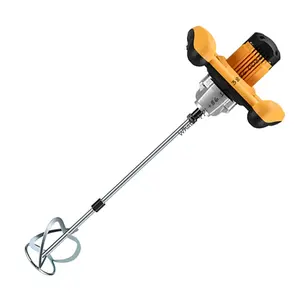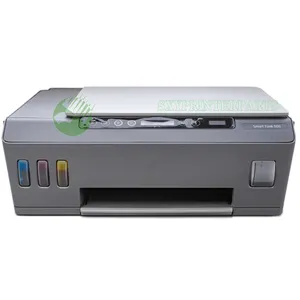Popular in your industry































































Related Searches:

















































































































































Top categories
About temperature control heater element
Temperature control heating elements are vital components in various applications requiring precise heat management. These elements are designed to generate and maintain specific temperatures within different systems. They are used in diverse settings, including industrial processes, laboratories, and even consumer products. In industrial settings, temperature control heating elements are crucial for applications that demand consistent and accurate temperatures. These elements are often integrated into machinery, such as heating elements with temperature control.
Types of Temperature Control Heating Elements
Resistive heating elements are common in various applications and are often made of materials with high electrical resistance. Examples include nichrome and Kanthal. These elements generate heat when an electric current passes through them. For precise temperature control, they are often combined with heater element controllers. Induction heating elements use electromagnetic induction to generate heat in electrically conductive materials. They offer fast and efficient heating, making them suitable for numerous industrial processes. These elements are often used in applications where rapid temperature changes are required.
Another type of heating element used in temperature control is the heating coil with temperature control. This coil, commonly made of materials like copper or stainless steel, is designed to convert electrical energy into heat through resistance. As electricity passes through the coil, it heats up, providing consistent and controlled heating in various applications. Ceramic heating elements are known for their excellent thermal stability and uniform heat distribution. These elements are often used in applications that require high temperatures, such as in furnaces, kilns, and some industrial processes. Their ability to withstand extreme temperatures and harsh environments makes them a popular choice for applications demanding precise temperature control.
Specialized temperature control heating elements, such as Peltier modules, offer unique features for specific applications. These elements use the Peltier effect to create a heat flux between two different materials when an electric current flows through them. This technology allows for precise temperature control and the ability to heat or cool, making them ideal for applications like thermal cycling and electronic device cooling. Understanding the different types of temperature control heating elements is essential for selecting the most suitable option for specific applications.
Applications of Temperature Control Heating Elements
Temperature control heating elements find widespread use in industries where precise temperature management is critical. They are integral to processes like semiconductor manufacturing, where even minor temperature variations can impact product quality. In the pharmaceutical sector, these elements play a vital role in ensuring the precise temperature required for drug manufacturing and storage. They are also crucial in analytical equipment, contributing to the reliability and accuracy of instruments such as chromatographs and spectrophotometers.
Temperature control heating elements are essential in research environments, supporting experiments that demand strict temperature regulation. They are utilized in environmental chambers to simulate specific conditions for testing materials, biological samples, and more. In the food and beverage industry, these elements contribute to consistent and controlled heating during processes like brewing, fermentation, and food production. They are also found in commercial and household appliances, offering convenient and efficient temperature control in products such as ovens, water heaters, and refrigerators.
Tips on Choosing Temperature Control Heating Elements
When selecting a temperature control heating element, it is crucial to consider the specific requirements of the application. Factors such as the desired temperature range, heating speed, and environmental conditions will influence the choice of heating element. Understanding the material compatibility of the heating element with the substances or processes involved is essential to ensure performance and longevity. Additionally, assessing the element's ability to provide precise and consistent temperature control, especially in dynamic environments, is important. Compatibility with electric heating elements with temperature control is also crucial. For applications where space is limited, the size and form factor of the heating element should be evaluated. Finally, considering the element's energy efficiency and maintenance requirements can help in choosing a cost-effective and sustainable solution.




















































